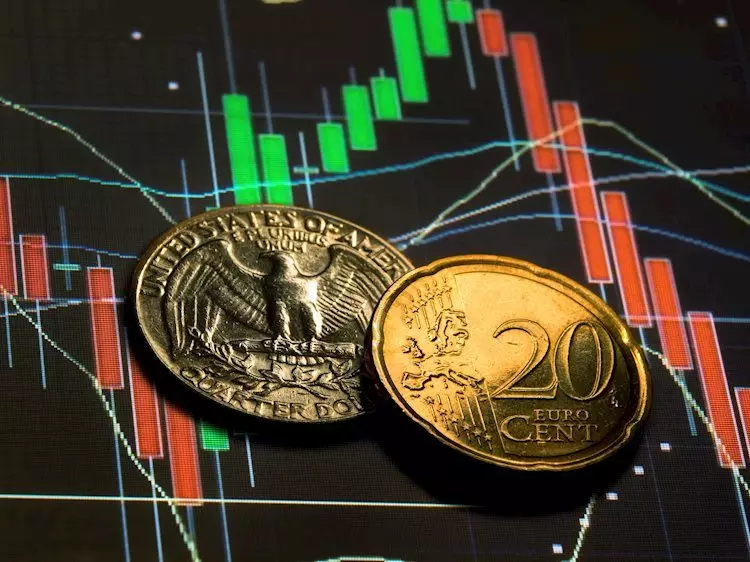Despite the softer US Dollar, the EUR/USD pair is trading weaker around 1.0765. This comes after the German Harmonized Index of Consumer Prices (HICP) rose by 2.3% year-on-year in March, the lowest level seen since June 2021. The weaker US Dollar Index (DXY) below the 105.00 mark has provided some support to the major pair, but concerns regarding the Eurozone’s inflation data have triggered speculation of rate cuts from the European Central Bank (ECB).
Futures traders are anticipating that the US Federal Reserve will begin easing in the June meeting, with expectations of a three-quarters of a percentage point cut by the end of the year. This view is supported by dovish comments from various Federal Reserve officials, such as Cleveland Fed President Loretta Mester and San Francisco Fed President Mary Daly. Mester expects rate cuts this year, ruling out the next policy meeting in May, while Daly believes three rate cuts in 2024 seem “reasonable,” pending more convincing evidence.
German inflation eased more than expected in March, with the preliminary HICP rising by 0.6% month-on-month, slightly below estimates. The softer year-on-year rate of HICP at 2.3% indicates that Germany is approaching the ECB’s target of 2%, raising hopes for an imminent interest rate cut. This has weighed on the Euro against the backdrop of prevailing economic uncertainties.
As investors await the release of advanced Eurozone inflation data for March and the US ISM Services PMI for fresh impetus, the overall outlook for the EUR/USD exchange rate remains uncertain. The interplay between economic indicators, central bank policies, and market sentiments will continue to influence currency movements in the near term. Traders will closely monitor developments in the US economy, particularly the Federal Reserve’s monetary policy decisions, alongside Eurozone inflation trends and ECB statements.
The recent economic data releases have had a mixed impact on the EUR/USD exchange rate, with diverging views on monetary policy direction and inflation expectations driving market volatility. The interplay between US Dollar strength, Eurozone economic performance, and central bank actions will continue to shape currency dynamics in the coming months. It is imperative for traders to stay informed and adaptable in this environment of heightened uncertainty and evolving market conditions.


Leave a Reply